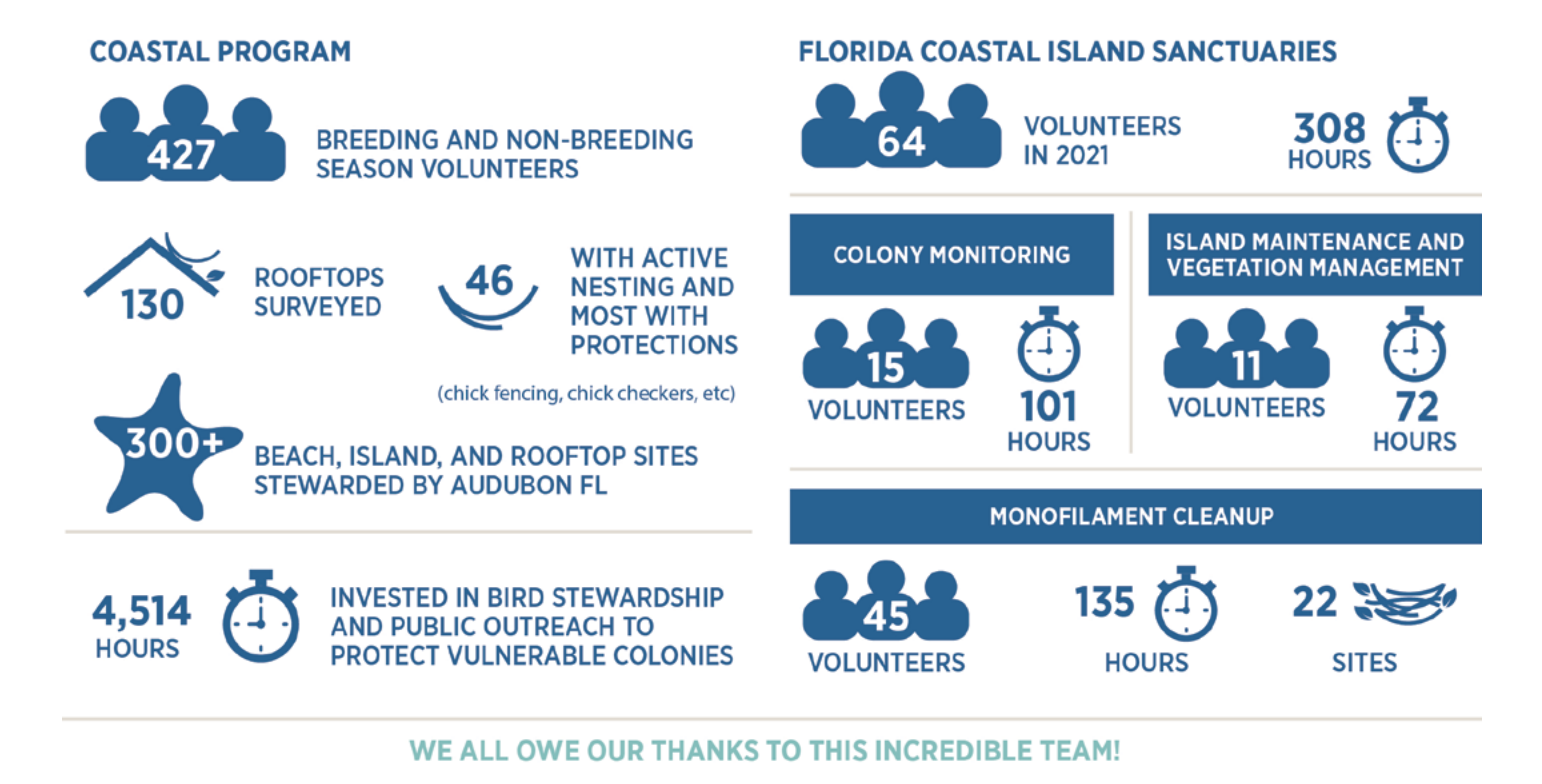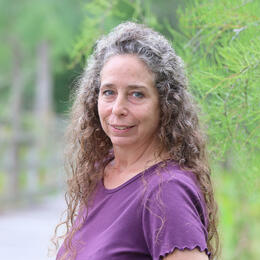As we reflect on the 2021 breeding season, we can be thankful that most of Florida’s nesting beaches escaped the worst impacts from the two tropical systems that hit our state: Elsa and Fred. Despite some overwash by Elsa, illness, and red tide, colonies in Southwest Florida still produced more than 400 Black Skimmer chicks. One of the most successful nesting beaches, Caxambas Pass Critical Wildlife Area near Marco Island, fledged 150 Least Tern chicks.
Up the coast, Florida Coastal Islands Sanctuaries staff documented over 24,000 breeding pairs of wading and shorebirds of 26 species in the greater Tampa Bay area.
We celebrated seven new American Oystercatcher nests on rooftops in Pinellas and Hillsborough counties this past season, with a total of 13 rooftop nests in the area for this species, a season high. This was actually the first time that oystercatchers nested on any roof in Hillsborough County since the Florida Shorebird Database started keeping track in 2005.
Farther north, our Coastal team estimated 200 Least Tern chicks fledged from Destin-area beaches, while a great variety of other species also had some success.
In Northeast Florida, consistent stewarding and additional site management produced successful Least Tern nesting at Amelia Island State Park as well as successful nesting of Least Terns and Wilson’s Plovers at the Talbot Island State Parks and Ft. Matanzas.
Article first appeared in the Coastal Report. Click here to read full report.





